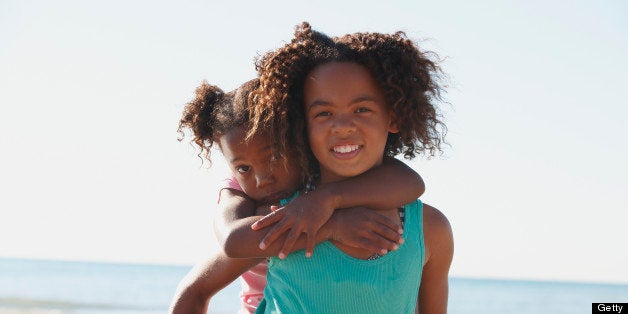
I appreciate President Obama's comments about race last week in response to the not-guilty verdict in the murder of Trayvon Martin. No surprise, in choosing from the many approaches he could take to address the issue, he opted for the relatively safe role of serving as a translator of the African-American perspective for white people.
He tried, perhaps in vain, to create some understanding of the African-American experience in this country. Yet a true understanding that experience really only comes from having personal relationships that cross the racial divide. In a country that remains so segregated, it's stunningly difficult for white Americans to take a walk in the shoes of African-Americans, to appreciate the breadth and depth of the challenges presented by a history of slavery and racism, or to simply recognize what the statistics on poverty and imprisonment in this country mean to those individuals who live them on a daily basis.
The President's comments felt authentic and thoughtful, and yet missed the mark by not raising the plight of African-American girls. The problems African-American boys face are evident just by looking at disproportionate representation of African-American males in the criminal justice system, school drop-out rates, unemployment, disease and practically every other measure of well being.
Yet African-American girls equally need and deserve our attention. The statistics measuring their struggles stand out as well, as they face the same hardships as males and also demonstrate disproportionately high rates of child sexual abuse, teen pregnancy and maternal mortality.
The President isn't the first one to emphasize only the concerns of African-American males in looking at our nation's racial disparities. In cities across America, an array of educational programs are geared at male students, but few prioritize girls' educational needs. (Thank goodness for rare programs like the Sadie Nash Leadership Project that reaches out to girls in poverty in cities like New York and Newark.)
Perhaps we prioritize the plight of African-American men and boys because they are perceived as more violent and a threat to the public order. Girls are seen as simply getting pregnant or as victims themselves, while boys constitute are seen as a threat to those outside their community. Yet, if we want to truly address racial inequality in this country, and not just continue a prison industry, we must work to lift up girls as well.
What is often missing for those well-intentioned people trying to provide greater opportunities for African-American boys is the interconnectivity between the plights of disadvantaged girls and boys. Among other things, it's those very girls who raise the next generation and serve as caregivers for their communities. We're not going to change the conditions or behavior of disadvantaged boys without devoting at least equal time, attention and resources to our girls.
We have a President now who seems to "get it" more than anyone before him, let's hope he doesn't forget the girls but uses the power of his office to move us all forward.